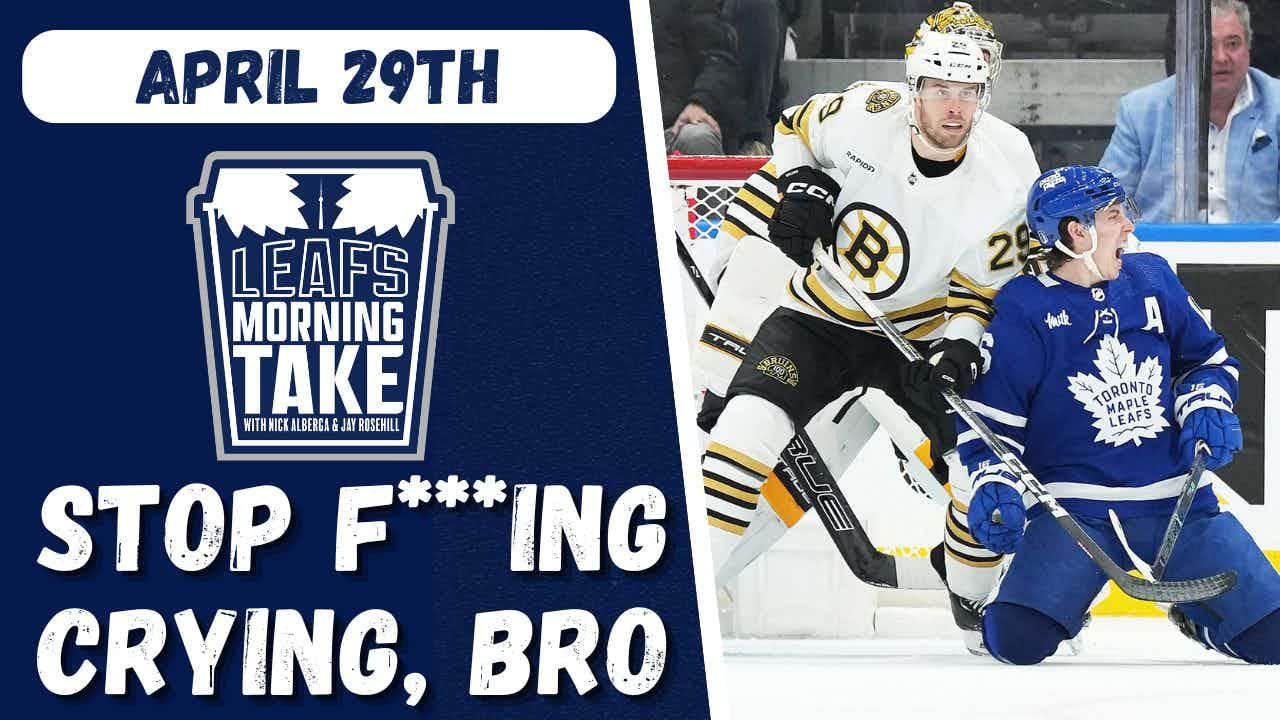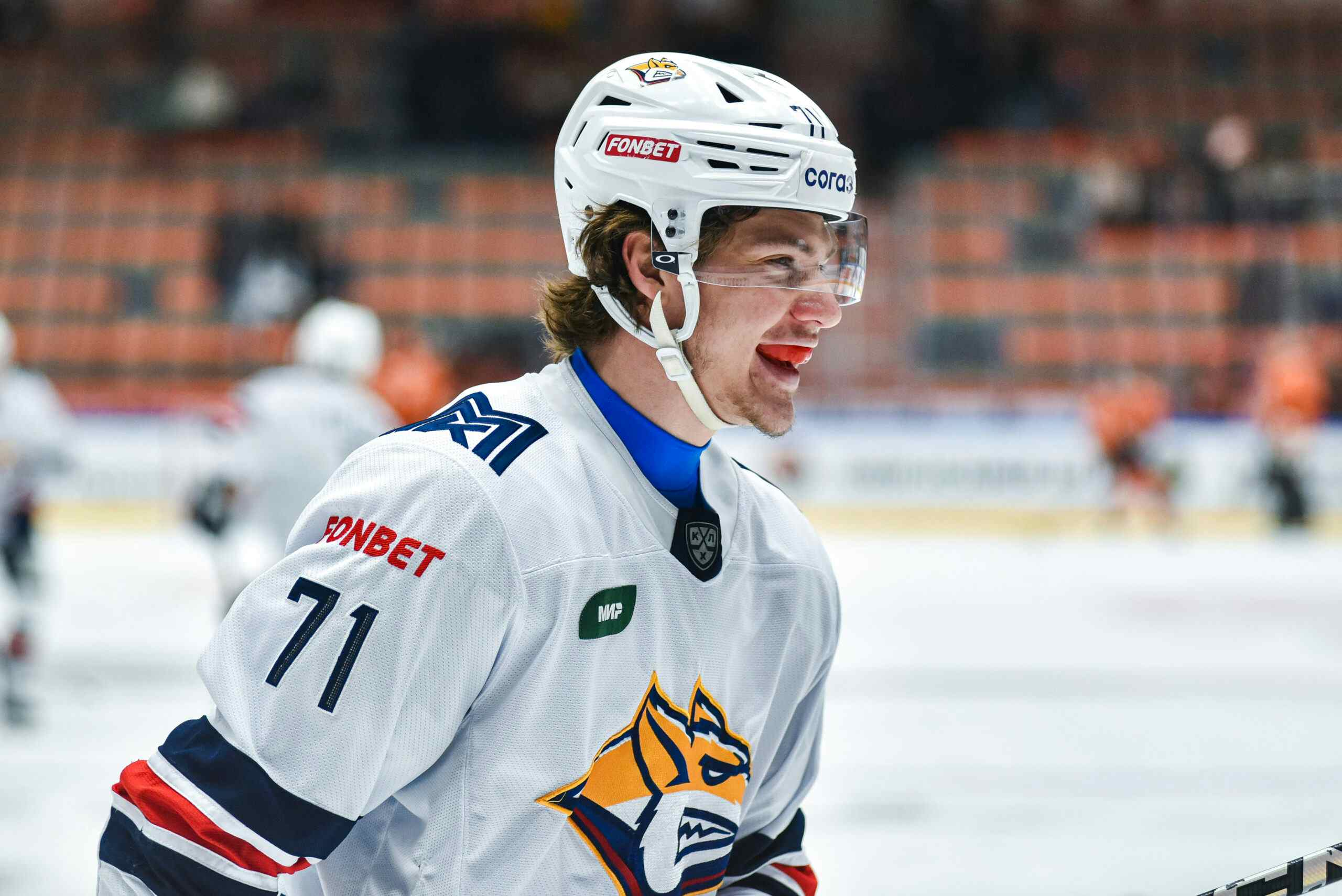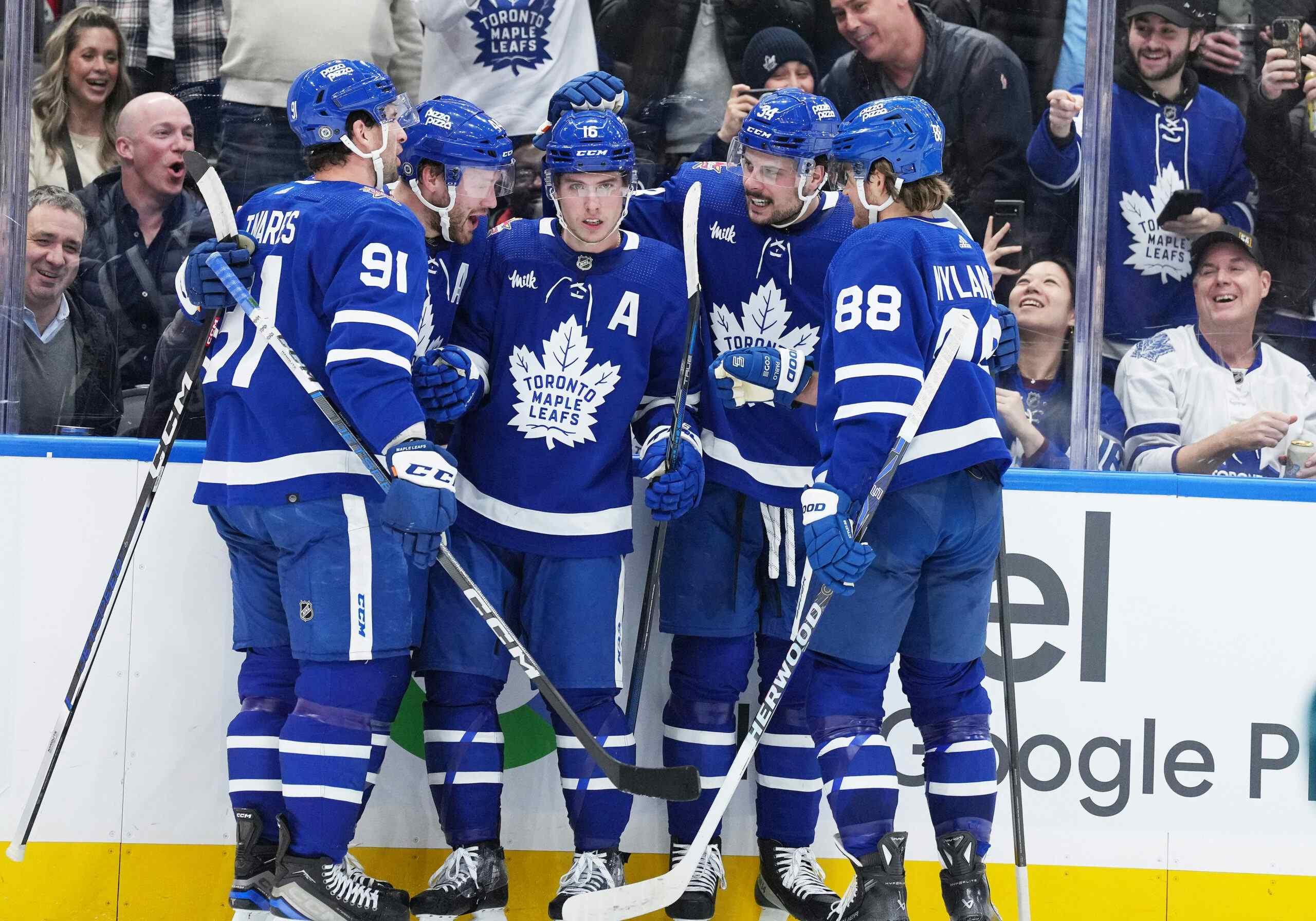Horachek moved a disappointing but unlucky team in the right direction
As the old saying goes, coaches are hired to be fired. Peter Horachek was probably the prototypical example of this; his promotion to head coach was labelled as interim from the start, and he was in that awkward spot in between “rising star” and “brand name”. It may as well have been a death sentance for his tenure, particularly when you consider the team he was tasked to run.
With all of this said, the past four months have been a highly public audition for him. To ensure a more permanent role in another organization, he had to had to look good behind the Leafs bench. Unfortunately for him, it was a bit of a mixed bag.
What He Started With
The Leafs fired Randy Carlyle in the first week of January, entering their brave new world carrying a 21-16-3 record over 40 games. Despite being 28th in the league in shot attempt percentage (44.6%), the team carried a positive record thanks to their league leading shooting percentage (9.5%) and relatively solid support in between the pipes. This wasn’t a good long term way to run a hockey team, however, and the Leafs recognized this, putting everything into Horachek’s hands.
What His Team Improved
Rather than go straight into the bad, let’s give Horachek some credit; there were some positive outcomes during his tenure. The shift in strategy was pretty obvious; Carlyle’s dump and chase, which lead for high event hockey (2nd in the NHL in Corsi events per 60), had been replaced with Horachek’s version of the 5/5/5 system; one where the entire group of skaters stays in the same zone and drives back and forth as a cohesive unit.
This lead to better possession numbers. At even strength, the Leafs averaged two additional shot attempts for per sixty minutes, and gave up a whopping six fewer. This brought their shot attempt percentage to 48.2, a huge improvement. The team also went from starting 41.6% of their shifts in offensive situations (a league worst) to 47.3%.
Where His Team Faltered
If it involved goals, it struggled. The goaltenders fell off the face of the earth, dropping from a decent even strength save percentage of 0.921 to a below average 0.915. Many pointed to this as an example of how Carlyle’s style of play worked thanks to “shot quality”, but lower percentage of Bernier and Reimer’s attempts against could be considered “scoring chances” under Horachek. At the same time, however, the Leafs had a lower percentage of offensive scoring chances in the closing months, which, if shooting percentage saw a slight dip, could give credence to the argument.
Shooting percentage definitely dipped, but to a level that was so extreme that it borders on nonsensical. That 9.5% rate from before magically turned into a 29th place 5.7%, and even their powerplay shooting percentage dipped under the even strength rate. You can blame some of this on a weaker roster as the firesale began and the likes of Lupul and Kadri missed time, but there’s no skill-driven reason for the team to have hit both extremes.
Beyond that, the team struggled heavily on special teams. They saw a 25% drop in attempts per 60 on the powerplay, scored goals with about half the efficiency, and gave up more shorthanded efforts than the rest of the team. The penalty kill wasn’t significantly worse at any of their efforts, but still managed to see slight declines in most major statistics. All of this lead to the tailspin that we saw, where the Leafs won just nine their 42 games under their interim leader.
Closing Thoughts
I’m not going to say that the Leafs were particularly good under Horachek, or that he was anything close to a Jack Adams Candidate in his time. But whether it was with your eyeballs or a spreadsheet, you could tell that his more modern approach to the game made the Leafs more competitive on the ice.
But yet, they kept losing games. Even if they were playing better, pucks were hitting pads instead of mesh. Goalies were going the wrong way. A team that was already not very good had their flaws exaggerated by a string of awful circumstance, and ultimately, it lead to the catastrophe we saw on the ice.
You can’t help but think that it was for the best, though. Ultimately, the team had more excuse than ever to fire sale at the deadline during the midway point in his tenure. They got to get away from a coach that many reportedly didn’t like, and had absolute certainty that they would be seeing a new face next year. Yet, they still seemed encouraged to win for him. You could see better engagements between him and his players on the bench. We all saw him get “the jacket” after his first win. Whenever the team would have a rare moment of success, there was a shared happiness.
He made them a little bit better, a little bit saner, and yet, amazingly, a lot worse in the standings. You couldn’t ask for much more. The question now, of course, is will he get a job again elsewhere? That remains to be seen, and if so, the process of getting back to the head spot will no doubt be interesting. But for his sake, I hope it works out.
Recent articles from Jeff Veillette




